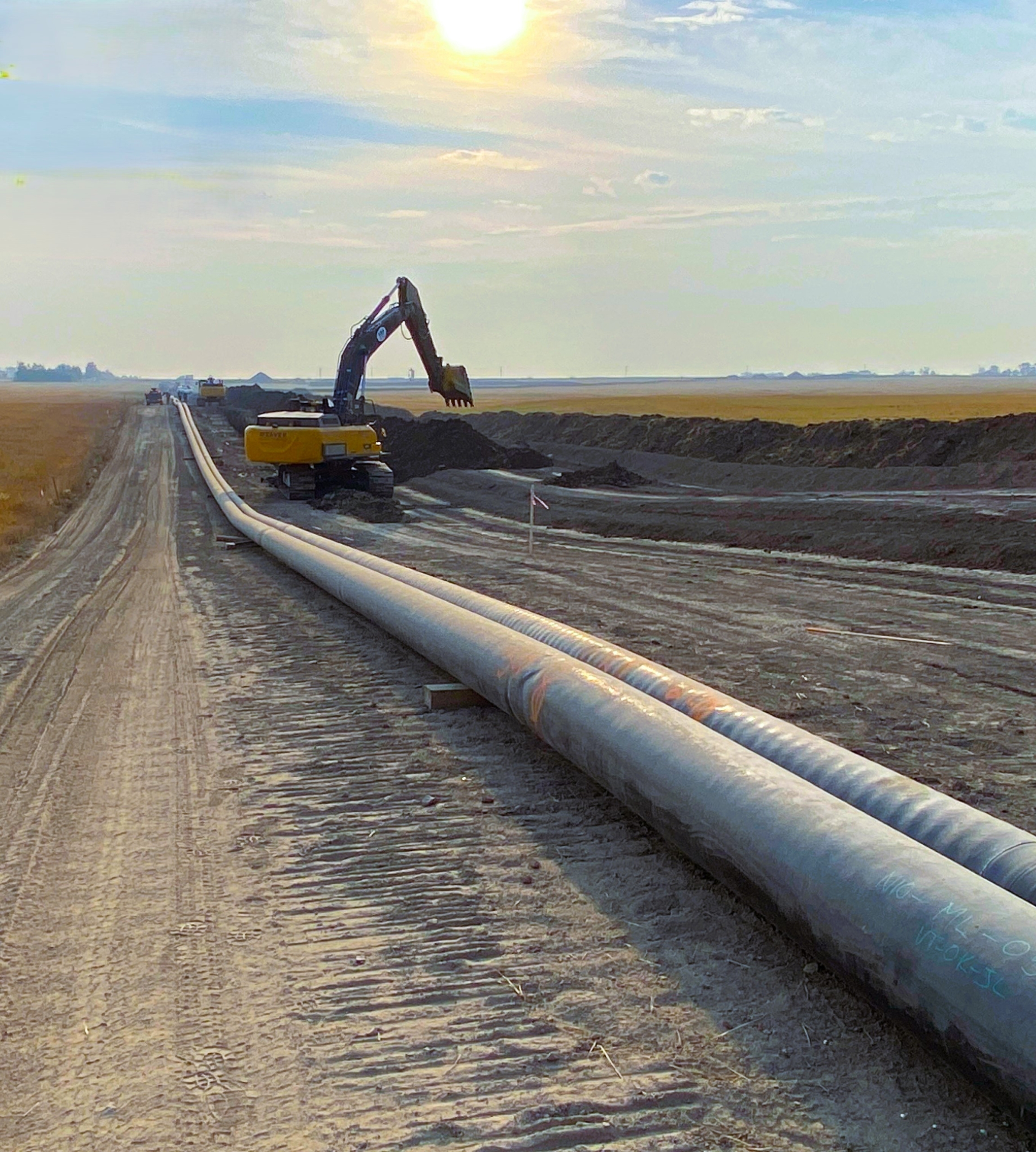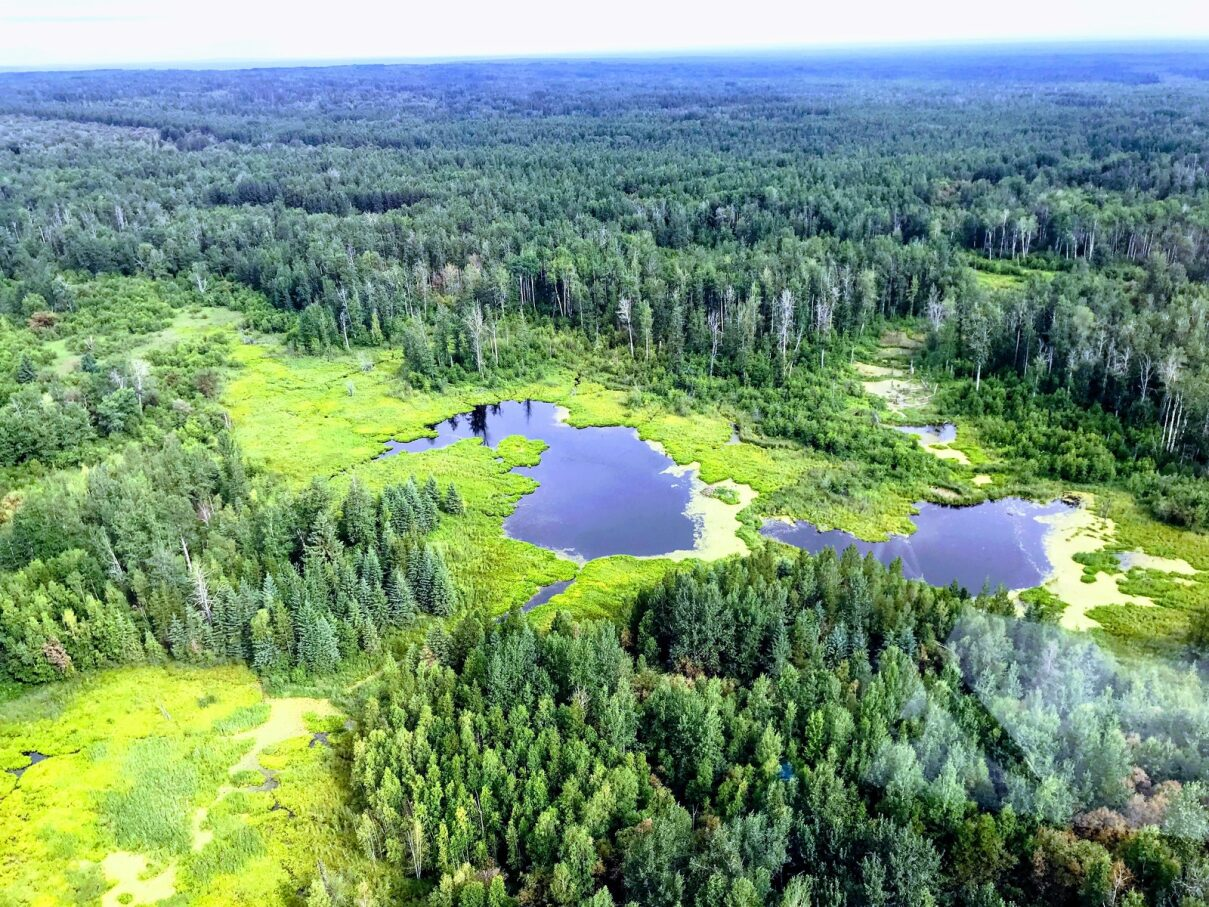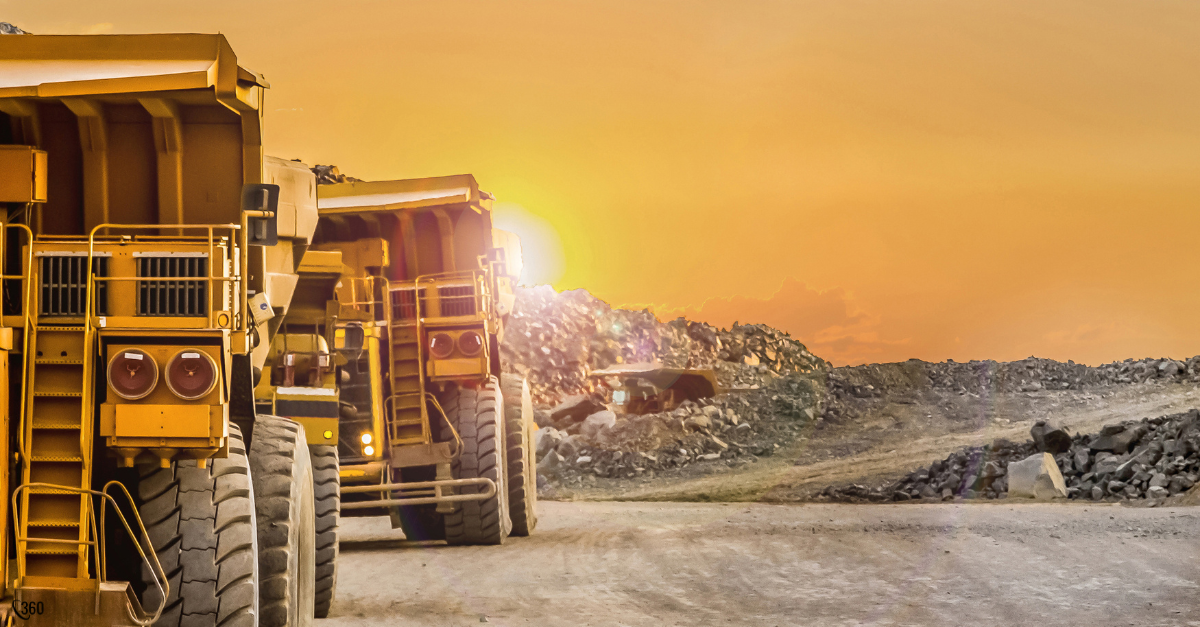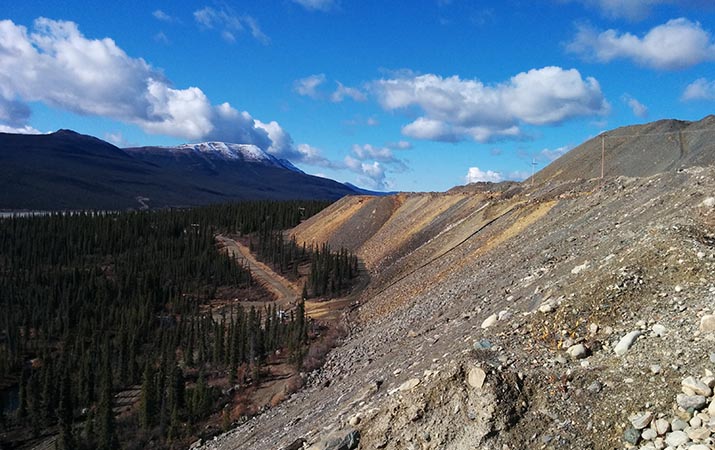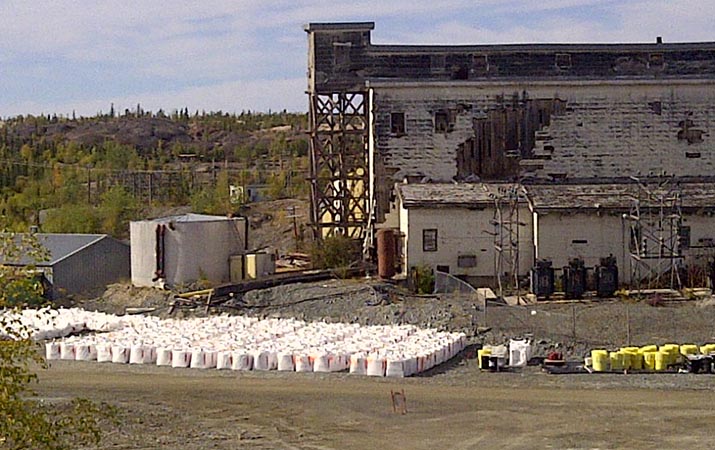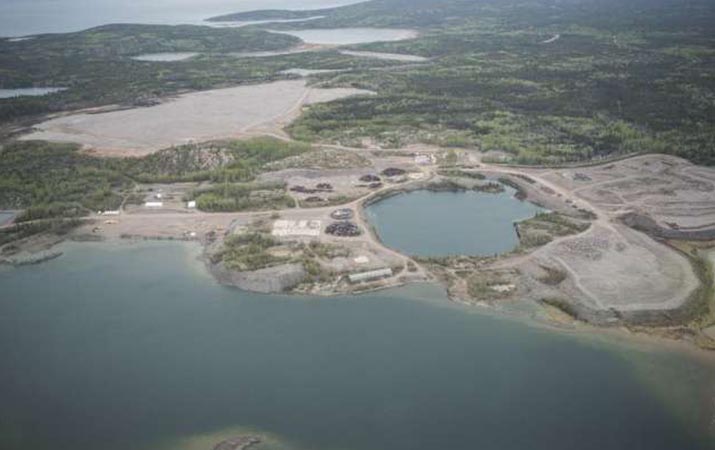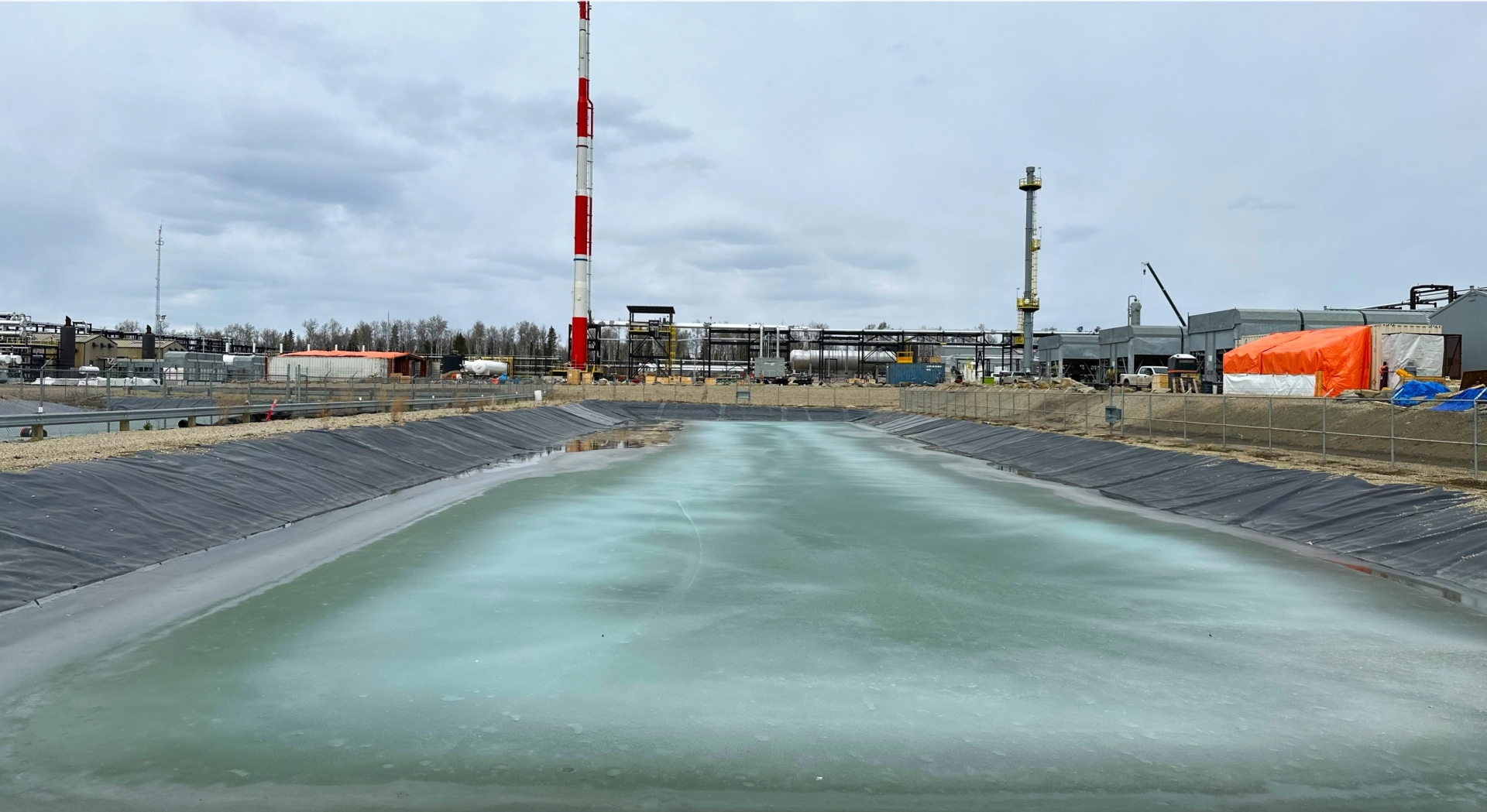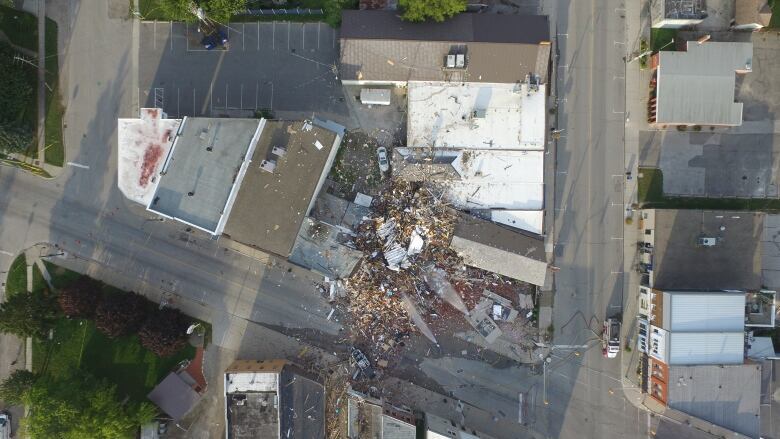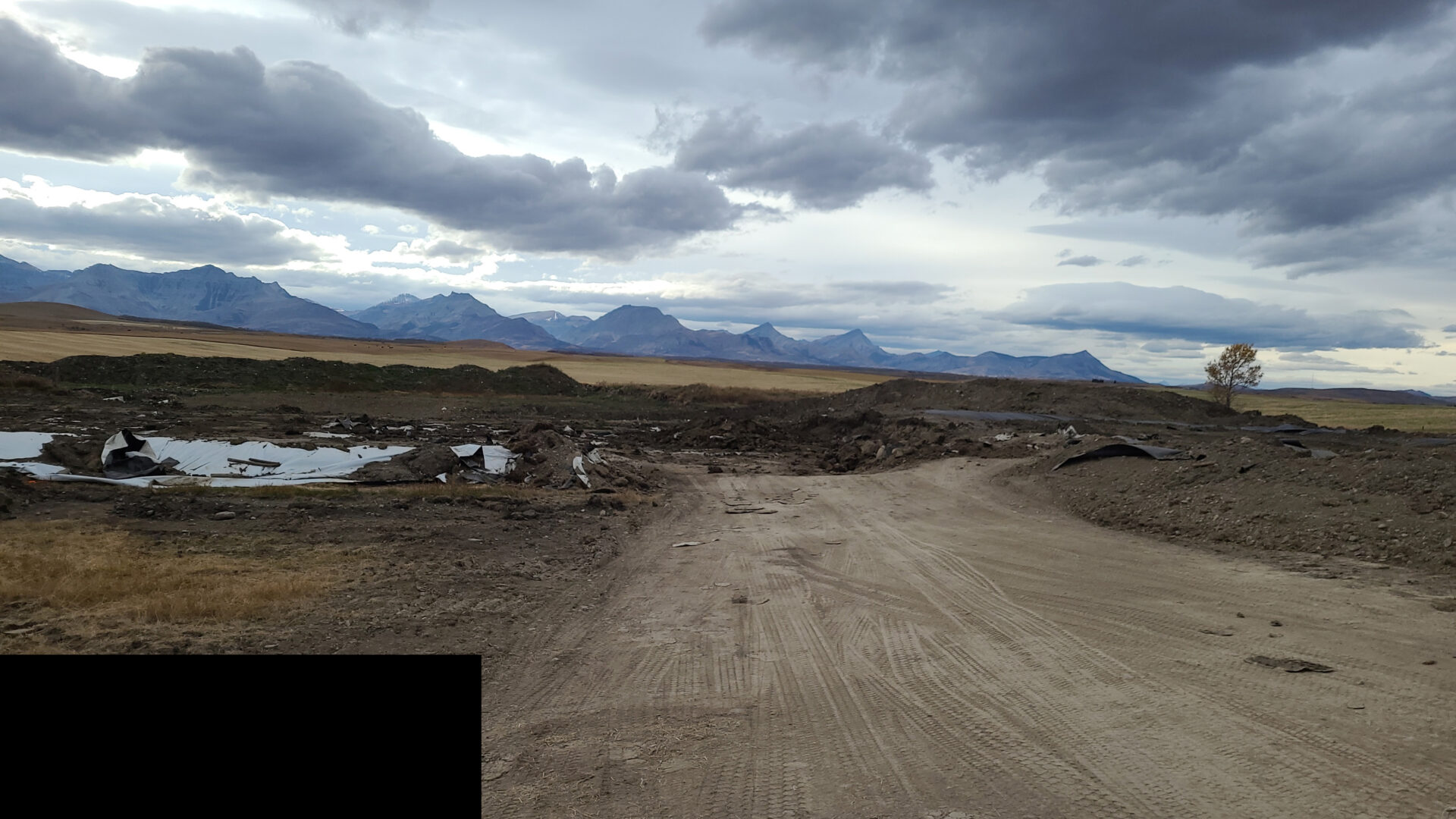Early in my working life I had a job in aviation. I remember hearing a story around the hangar of a young maintenance engineer that used to work at the company who was asked to hand his much older supervisor a wrench from his toolbox. There were a variety of wrenches in the box, so the apprentice asked him what kind of wrench he wanted. A gruff response came back, something to the effect of “It doesn’t (expletive) matter…I’m going to use it as a hammer!” The story stuck with me because it was funny, but also because of the concept that you can find uses for technology, however basic, that were not the original intent of the creator.
That type of creative spirit is the spark behind innovation. Back in 2010, while working with partners to create new technology to remotely monitor surface casing vent flow and pressure we incorporated a variety of technologies into the designs. Some components were immediately logical to include, and some weren’t so obvious. Some had to be created nearly from scratch. When it all came together into a final commercial offering, we had a very effective approach to address a growing issue for industry.
Twelve years later, we find ourselves addressing new issues in a similar manner. Driven by government, finance and consumer influences, emissions management has grown to become a prominent topic across industries, particularly oil and gas. But the question remains: how can a company most effectively detect, measure, and address their emissions?
In our opinion, the “devil is in the details”. Broad stroke concepts typically are not effective, and our experience tells us that a methodical approach can help achieve success. Below are a few thoughts to that effect:
- Understand the landscape. One of Sun Tzu’s strategic imperatives was “Without knowing the lie of hills and woods, of cliffs and crags…you cannot march.” Know the minimum requirements to legally operate. Are there federal and provincial government reporting requirements? Are there regulatory requirements? What is the frequency of reporting needed, and when do submissions need to be made? Are there specific types of data or methodologies required, or is there flexibility?
- Be aware of opportunities that exist when more and different emissions data is known. This will help define your efforts. Sometimes the minimum requirement doesn’t provide enough detail to be most effective or most economical. Opportunities for improvement can be missed.
- Understand the resources available and their most common applications or deployments. Why are some options more popular than others for certain applications? Are there emerging technologies or methods that seem worth trying? Are there grant funding options to trial new equipment?
- Look for opportunities to leverage. Can a single resource accomplish multiple tasks? Can a specific combination of resources be more effective or economical when applied in concert?
- Choose trusted partners and vendors. References sometimes take a bit longer to collect but can be extremely helpful. Like another quote I once heard, but can’t reference, “A good lawyer is expensive. A bad lawyer can break you.” Taking the time to better understand how a product has previously performed, or to get to know a vendor, can tell you a lot about what it will be like when it comes time to put a tool to use and to do business together.
In the end, taking patient and measured steps like these will generally serve as a great approach. Even in the fast-moving area of emissions, picking a solution by making thoughtful and informed choices will usually outweigh quick decisions with less data behind them.
Thanks for taking the time to read,
Ryan Doull
Manager of Emissions Services


